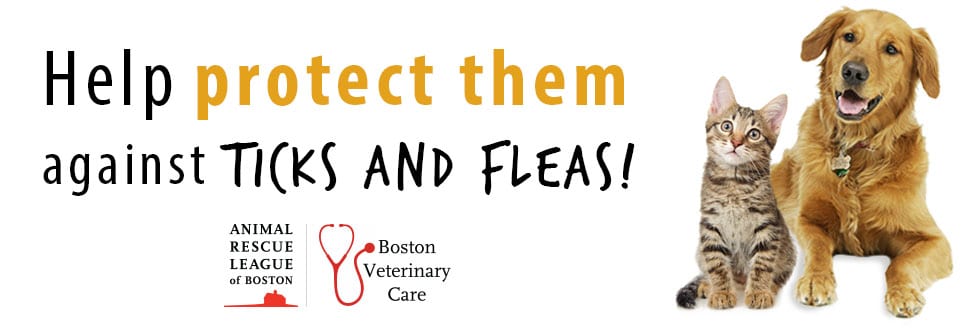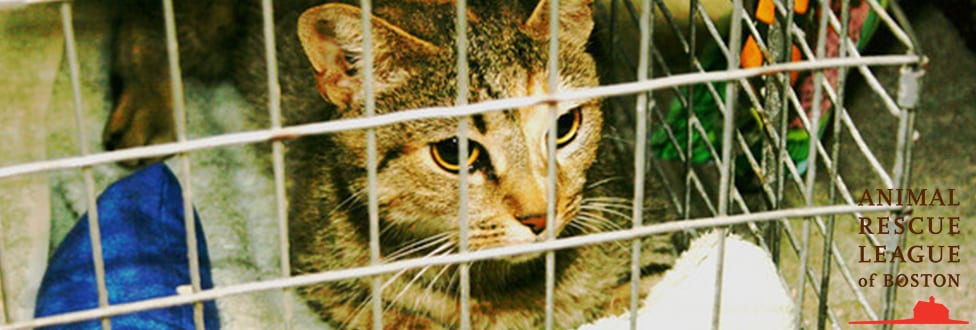Mobile Spay Waggin’ Assists Martha’s Vineyard
ARL’s Spay Waggin’, Martha’s Vineyard ACOs, and dog owners working together

ARL shelter veterinarian Dr. Kyle Quigley, getting ready to assist patient Mabel, a Shetland Sheepdog
Earlier this month, ARL’s mobile Spay Waggin’ made a special trip to Falmouth to assist Edgartown, Oakbluffs, and Vineyard Haven Animal Control Officers (ACOs) in a first-of-its-kind effort to provide island residents with high-quality, affordable spay and neuter services.
Read all about this special event, as covered by The Vineyard Gazette.
Barbara Prada, an animal control officer in Edgartown for 32 years, explained that for some pet owners on Martha’s Vineyard, “getting their animals spayed or neutered was so out of reach for them financially,” and they have no options for assistance.
Currently, there are no veterinary clinics on the island that accept Massachusetts Animal Fund vouchers, which cover all the costs of spay or neuter surgery for state residents in financial need.
The Spay Waggin’ does accepted Massachusetts Animal Fund vouchers and regularly travels to Cape Cod. All of the spay and neuter surgeries were paid for using the vouchers.
The ACOs accompanied 9 dogs on the ferry from the Vineyard to the host site in Falmouth, courtesy of Falmouth ACO Al Turner and the Friends of Falmouth Dogs.
With the help of the ACOs, Spay Waggin’ staff evaluated all the animals and prepared them for surgery. All the animals received a post-operative evaluation and went home with instructions for their owners for care at home.

ARL vet tech Bonnie Morrissey and community and shelter vet outreach coordinator Cheryl Traversi prepping for surgery.
Of the many dogs that were spayed/neutered, the most notable were mother and father Pit Bull-type dogs who had parented 22 puppies in the last 7 months!
The ARL’s Spay Waggin’ and Vineyard ACOs hope to arrange another visit in the coming weeks to help more pet owners in financial need.
For a schedule of the Spay Waggin’s upcoming stops on the South Shore and Cape Cod, visit arlboston.org/spay-waggin
DID YOU KNOW? Animal control officers in Massachusetts may request Massachusetts Animal Fund vouchers for homeless animals being cared for in a municipal animal control shelter, for pets owned by residents who have demonstrated financial need, or for feral cats in your community.
Up to five vouchers may be requested on one form, and the requests must be made for specific identified animals – no general requests accepted. Learn more about the Mass Animal Fund’s spay/neuter voucher program.



















